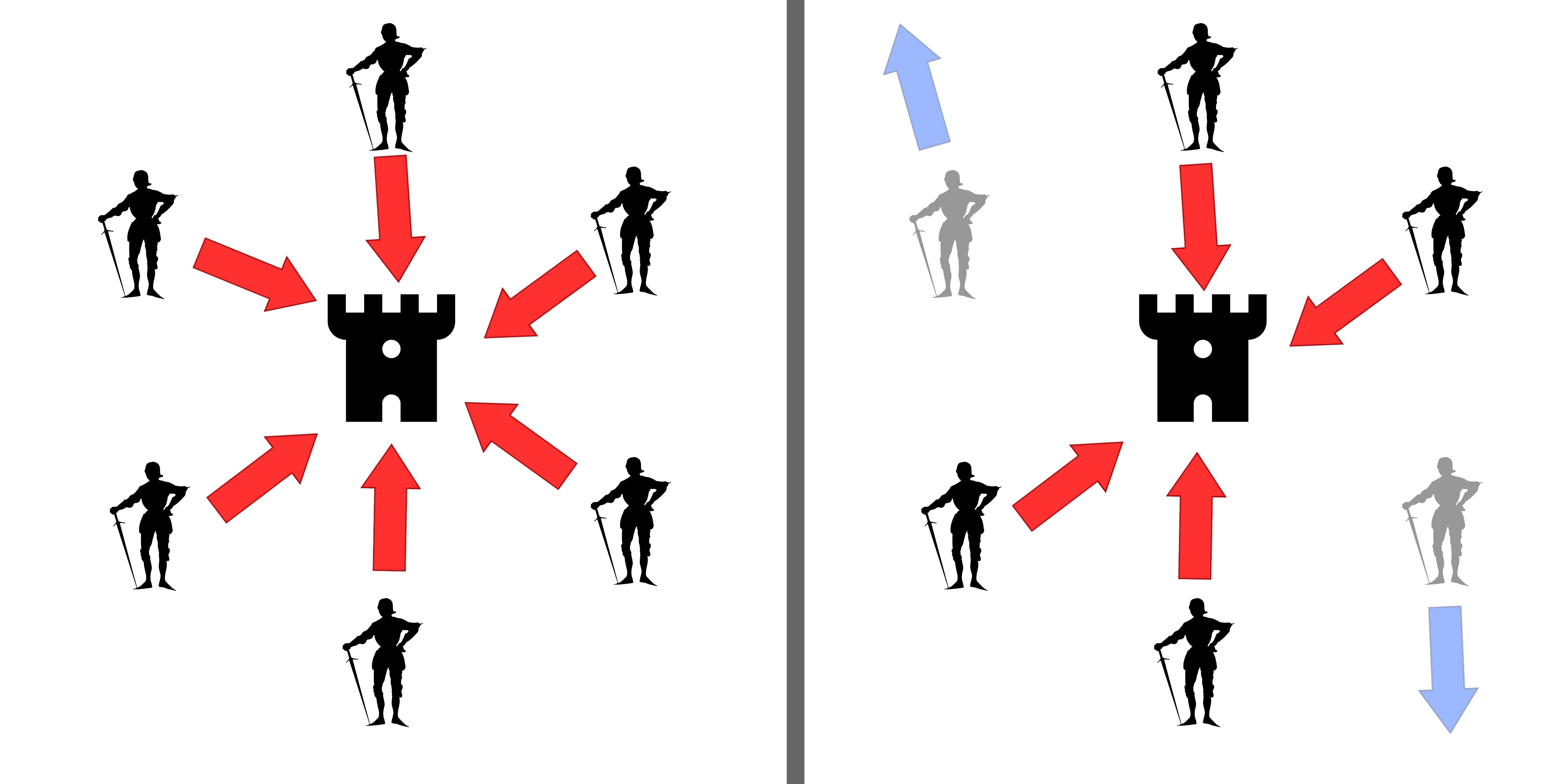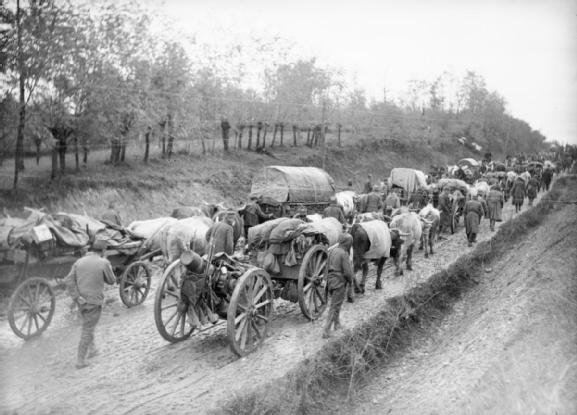|
Novak Grebostrek
Novak Grebostrek ( sr-cyr, Новак Гребострек, 1312–14) was a ''veliki vojvoda'' of Serbian King Stefan Milutin (r. 1282–1321), who commanded a Serbian contingent supporting Byzantine Emperor Andronikos II Palaiologos against Turks in Asia Minor. He led a second Serbian contingent sent by Milutin to aid the Byzantines, the first having participated in the Battle of Gallipoli (1312). Novak's army had the task of liberating the Byzantine counties around Prussa, Nicaea and Nicomedia from the Turks. The victories of Novak have been recorded in papers of Church of St. George, Staro Nagoričane. In two chrysobulls of Andronikos II Palaiologos to the Serbian Chilandar monastery, dating to October 1313 and July 1317, Andronikos showed gratitude to Stefan Milutin for his aid, as detailed in the prefaces. It has been claimed that Novak was the father of Vojihna. Svetomir Nikolajević (1844–1922) concluded this on the basis after Alexander Hilferding (1831–1872), who r ... [...More Info...] [...Related Items...] OR: [Wikipedia] [Google] [Baidu] |
Veliki Vojvoda
''Veliki vojvoda'' ( sr-cyr, велики војвода; from ''veliki'' = great and ''voivode, vojvoda'' = duke) was a military and noble title in use during the Middle Ages and the Modern period in the Western Balkans. It is often translated into "grand duke". __NOTOC__ Middle Ages ''Veliki vojvoda'' was a title used in Serbia in the Middle Ages and the Kingdom of Bosnia. Serbia It signified superiority over the other ''vojvodas''. The title-holder commanded the army on occasions when the monarch did not attend in military campaigns, usually with lesser important military operations inside the country, or when a detachment was sent to aid allies. Another term used for the title was "standard-bearer" (''stegonoša'', la, vexilifer). *Novak Grebostrek ( 1312), served Stefan Milutin *Hrelja ( 1320s–31), served Stefan Dečanski *Gradislav Borilović ( 1333), served Stefan Dušan *Jovan Oliver ( 1341–55), served Stefan Dušan *Nikola Stanjević ( 1355–66), served Stefan Dušan a ... [...More Info...] [...Related Items...] OR: [Wikipedia] [Google] [Baidu] |
Dragoš
Dragoš ( sr, Драгош; 1290s) was a magnate in the service of Serbian King Stefan Milutin (r. 1282–1321), with the title of '' veliki župan''. His origin is unknown. After Stefan Milutin defeated Despot Shishman of Vidin and the Tatars, peace was agreed, Shishman was reinstated and Dragoš's daughter was married to Shishman. Dragoš and ''veliki vojvoda'' Novak Grebostrek Novak Grebostrek ( sr-cyr, Новак Гребострек, 1312–14) was a ''veliki vojvoda'' of Serbian King Stefan Milutin (r. 1282–1321), who commanded a Serbian contingent supporting Byzantine Emperor Andronikos II Palaiologos against Tur ... are the only nobility mentioned in Danilo II's ''Život kraljeva i arhiepiskopa srpskih'' (1337–40). References {{DEFAULTSORT:Dragos 14th-century Serbian nobility People of the Kingdom of Serbia (medieval) Medieval Serbian magnates ... [...More Info...] [...Related Items...] OR: [Wikipedia] [Google] [Baidu] |
Byzantine Generals
A Byzantine fault (also Byzantine generals problem, interactive consistency, source congruency, error avalanche, Byzantine agreement problem, and Byzantine failure) is a condition of a computer system, particularly distributed computing systems, where components may fail and there is imperfect information on whether a component has failed. The term takes its name from an allegory, the "Byzantine generals problem", developed to describe a situation in which, in order to avoid catastrophic failure of the system, the system's actors must agree on a concerted strategy, but some of these actors are unreliable. In a Byzantine fault, a component such as a server can inconsistently appear both failed and functioning to failure-detection systems, presenting different symptoms to different observers. It is difficult for the other components to declare it failed and shut it out of the network, because they need to first reach a consensus regarding which component has failed in the first pla ... [...More Info...] [...Related Items...] OR: [Wikipedia] [Google] [Baidu] |
Medieval Serbian Military Leaders
In the history of Europe, the Middle Ages or medieval period lasted approximately from the late 5th to the late 15th centuries, similar to the post-classical period of global history. It began with the fall of the Western Roman Empire and transitioned into the Renaissance and the Age of Discovery. The Middle Ages is the middle period of the three traditional divisions of Western history: classical antiquity, the medieval period, and the modern period. The medieval period is itself subdivided into the Early, High, and Late Middle Ages. Population decline, counterurbanisation, the collapse of centralized authority, invasions, and mass migrations of tribes, which had begun in late antiquity, continued into the Early Middle Ages. The large-scale movements of the Migration Period, including various Germanic peoples, formed new kingdoms in what remained of the Western Roman Empire. In the 7th century, North Africa and the Middle East—most recently part of the Eastern Roman ... [...More Info...] [...Related Items...] OR: [Wikipedia] [Google] [Baidu] |
14th-century Byzantine People
As a means of recording the passage of time, the 14th century was a century lasting from 1 January 1301 (Roman numerals, MCCCI), to 31 December 1400 (Roman numerals, MCD). It is estimated that the century witnessed the death of more than 45 million lives from political and natural disasters in both Europe and the Mongol Empire. West Africa experienced economic growth and prosperity. In History of Europe, Europe, the Black Death claimed 25 million lives wiping out one third of the European population while the Kingdom of England and the Kingdom of France fought in the protracted Hundred Years' War after the death of Charles IV of France, Charles IV, King of France led to a claim to the French throne by Edward III of England, Edward III, King of England. This period is considered the height of chivalry and marks the beginning of strong separate identities for both England and France as well as the foundation of the Italian Renaissance and Ottoman Empire. In History of Asia, Asia, ... [...More Info...] [...Related Items...] OR: [Wikipedia] [Google] [Baidu] |
14th-century Serbian Nobility
As a means of recording the passage of time, the 14th century was a century lasting from 1 January 1301 ( MCCCI), to 31 December 1400 ( MCD). It is estimated that the century witnessed the death of more than 45 million lives from political and natural disasters in both Europe and the Mongol Empire. West Africa experienced economic growth and prosperity. In Europe, the Black Death claimed 25 million lives wiping out one third of the European population while the Kingdom of England and the Kingdom of France fought in the protracted Hundred Years' War after the death of Charles IV, King of France led to a claim to the French throne by Edward III, King of England. This period is considered the height of chivalry and marks the beginning of strong separate identities for both England and France as well as the foundation of the Italian Renaissance and Ottoman Empire. In Asia, Tamerlane (Timur), established the Timurid Empire, history's third largest empire to have been ever establis ... [...More Info...] [...Related Items...] OR: [Wikipedia] [Google] [Baidu] |
Belgrade
Belgrade ( , ;, ; Names of European cities in different languages: B, names in other languages) is the Capital city, capital and List of cities in Serbia, largest city in Serbia. It is located at the confluence of the Sava and Danube rivers and the crossroads of the Pannonian Basin, Pannonian Plain and the Balkan Peninsula. Nearly 1,166,763 million people live within the administrative limits of the City of Belgrade. It is the third largest of all List of cities and towns on Danube river, cities on the Danube river. Belgrade is one of the List of oldest continuously inhabited cities, oldest continuously inhabited cities in Europe and the world. One of the most important prehistoric cultures of Europe, the Vinča culture, evolved within the Belgrade area in the 6th millennium BC. In antiquity, Thracians, Thraco-Dacians inhabited the region and, after 279 BC, Celts settled the city, naming it ''Singidunum, Singidūn''. It was Roman Serbia, conquered by the Romans under the reign ... [...More Info...] [...Related Items...] OR: [Wikipedia] [Google] [Baidu] |
Milutin Bojić
Milutin Bojić ( sr-Cyrl, Милутин Бојић; – ) was a Serbian war poet, theatre critic, playwright, and soldier. A native of Belgrade, he began writing poetry at an early age and published a number of literary reviews under a pseudonym while he was still a teenager. He rose to prominence during the Balkan Wars, writing about his experiences in territories newly retaken from the Ottoman Empire. The outbreak of World War I interrupted Bojić's studies at the University of Belgrade and forced him to postpone marrying his girlfriend, Radmila Todorović. The couple was separated in the chaos of war, and Bojić left Belgrade with his family and relocated to Niš, where he worked as a military censor and wrote articles for a local newspaper to pay his family's bills. In October 1915, the Serbian Army was overwhelmed by a combined Austro-Hungarian, Bulgarian and German invasion and forced to retreat to neutral Greece via Albania. Bojić and his younger brother joined the ... [...More Info...] [...Related Items...] OR: [Wikipedia] [Google] [Baidu] |
Dragutin Subotić
Dragutin (Cyrillic: Драгутин) is a masculine given name. Those bearing it include: * Stephen Dragutin of Serbia * Dragutin Topić * Dragutin Dimitrijević * Dragutin Mitić * Dragutin Tadijanović * Dragutin Šurbek * Dragutin Lerman * Dragutin Gavrilović * Dragutin Ristić * Dragutin Zelenović * Dragutin Domjanić * Dragutin Mate * Dragutin Čelić * Dragutin Čermak * Dragutin Babić * Dragutin Esser * Dragutin Novak * Dragutin Vrđuka * Dragutin Gostuški * Dragutin Tomašević * Dragutin Friedrich * Dragutin Gorjanović-Kramberger * Dragutin Stević-Ranković * Dragutin Brahm * Dragutin Vabec * Dragutin Karoly Khuen-Héderváry See also * Dragutinovo, former village * Dragutinović Dragutinović ( sr, Драгутиновић) is a Serbian patronymic surname derived from a masculine given name Dragutin. Notable people with the surname include: * Branko Dragutinović, football player * Diana Dragutinović, Minister of Finance ..., surname {{given name Slavi ... [...More Info...] [...Related Items...] OR: [Wikipedia] [Google] [Baidu] |
Dragoljub J
Dragoljub ( sr-cyr, Драгољуб) is a Serbian masculine given name, derived from Slavic '' drag-'' ("dear, beloved") and ''ljub'' ("love, to like"), both very common in Slavic dithematic names. It roughly means "dear love". It may refer to: *Dragoljub Brnović, Montenegrin footballer *Dragoljub Čirić, Serbian chess player *Dragoljub Janošević, Serbian chess player *Dragoljub Jeremić, footballer *Dragoljub Ljubičić, Serbian actor *Dragoljub Mićunović, Serbian politician *Dragoljub Mihailović, Chetnik leader *Dragoljub Milošević, football player and coach *Dragoljub Minić, Montenegrin chess player *Dragoljub Ojdanić, Serbian civil servant * Dragoljub Popović, judge *Dragoljub Simonović, Serbian footballer *Dragoljub Velimirović, Serbian chess player *Dragoljub Vidačić, basketball player and coach See also *Dragomir *Slavic names Given names originating from the Slavic languages are most common in Slavic countries. The main types of Slavic names: * Two-b ... [...More Info...] [...Related Items...] OR: [Wikipedia] [Google] [Baidu] |
Serbian Epic Poetry
Serbian epic poetry ( sr, Српске епске народне песме, Srpske epske narodne pesme) is a form of epic poetry created by Serbs originating in today's Serbia, Bosnia and Herzegovina, Croatia, Montenegro and North Macedonia. The main cycles were composed by unknown Serb authors between the 14th and 19th centuries. They are largely concerned with historical events and personages. The instrument accompanying the epic poetry is the ''gusle''. Serbian epic poetry helped in developing the Serbian national identity, Serbian national consciousness. The cycles of Prince Marko, the Hajduks and Uskoks inspired the Serbs to restore freedom and their heroic past. The Hajduks in particular, are seen as an integral part of national identity; in stories, the hajduks were heroes: they had played the role of the Serbian elite during Ottoman rule, they had defended the Serbs against Ottoman oppression, and prepared for the national liberation and contributed to it in the Serbian R ... [...More Info...] [...Related Items...] OR: [Wikipedia] [Google] [Baidu] |




.jpg)
